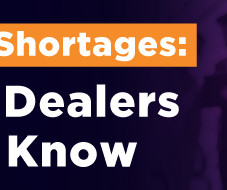Reimagining Dealership Year-End Sales Events in 2021
Automotive Mastermind
NOVEMBER 12, 2021
Every year leading into the holidays, dealers and their customers have typically known what to expect when it comes to year-end sales events. But as the looming microchip shortage and countless production delays continue, this year’s holiday season and year-end sales events for many dealerships will likely look vastly different than before.











Let's personalize your content